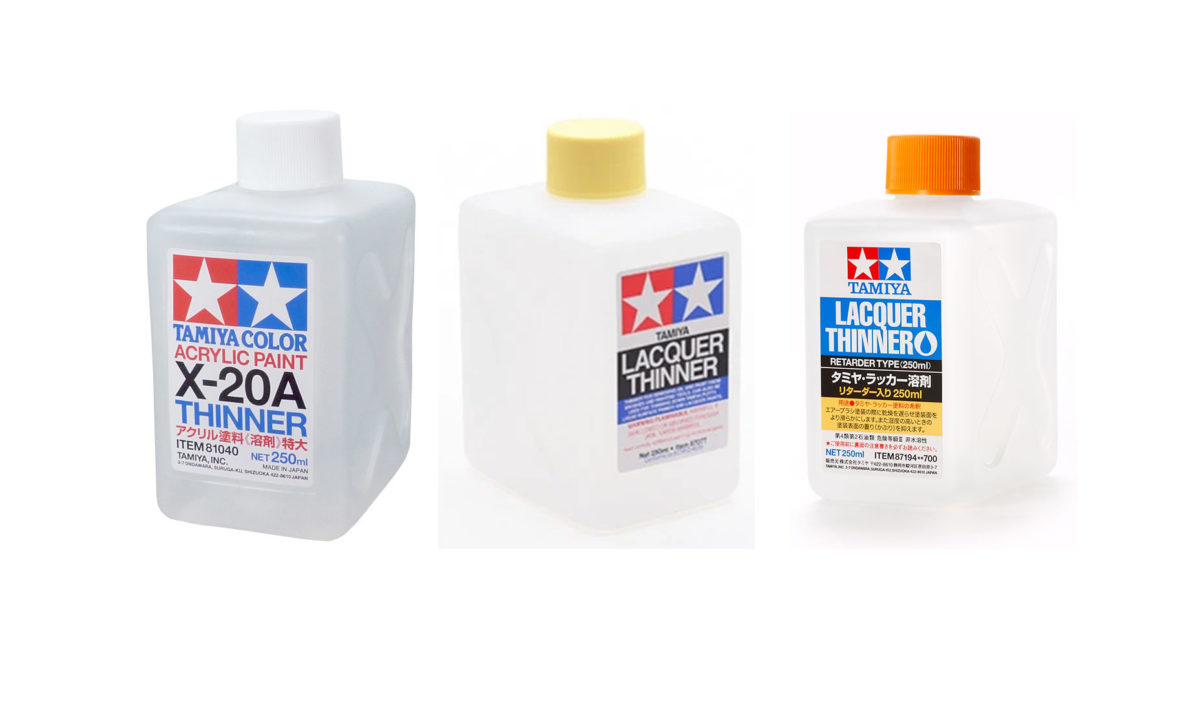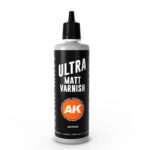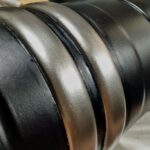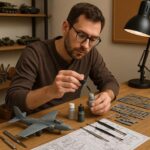Professional Airbrushing Techniques Using Thinners
The Benefits of Proprietary Paint Thinners/Reducers
Why Use TAMIYA Thinners Like X-20A and Lacquer Thinner?
You’ve probably seen YouTube videos of scale modellers making DIY “thinner” by the gallon, claiming to save money compared to a 250ml bottle of hobby-grade thinner. At first glance, it sounds like a bargain. But is it worth the risk?
Imagine this scenario: You’re ready to paint your expensive model, using high-quality paint, and then…you use homemade thinner. Does this idea make you pause? It should. Let’s think this through.
A quality model kit might cost $100 or more, and adding aftermarket accessories like photo-etch parts, resin figures, metal barrels, and tracks could double that investment. Using TAMIYA paints—known for their quality and versatility—ensures accurate and vivid color representation, even allowing for precise scale effects. With this level of commitment, would you trust a backroom concoction to dilute your paints?
In airbrushing, precision is everything. Drops of paint, not bottles, are the norm for most jobs. Using the wrong thinner could ruin the consistency, finish, and durability of your work.
The Importance of Quality Tools and Materials
An airbrush is an essential tool for modellers. High-quality brands like IWATA, Harder & Steenbeck, or Badger may be costly, but they ensure efficiency, minimal paint waste, and longevity when properly maintained. Similarly, the right thinner complements the paint chemistry, ensuring optimal performance and results.
DIY thinners might seem cost-effective, but they don’t account for the chemistry behind premium paints. Proprietary thinners are developed with precise formulations to interact perfectly with their corresponding paints. Using homemade alternatives risks compromising your work.
Understanding Paint Composition
What Makes a Good Paint?
- Pigment
Provides color and opacity to cover the surface. - Vehicle and Binder
The liquid vehicle adheres to the surface, while the binder ensures consistency, such as acrylic resin. - Carrier
The solvent and dispersant allow the paint to flow smoothly onto the surface. Without it, paint would resemble toothpaste. - Additives
The secret ingredient in premium paints. These proprietary compounds enhance performance, durability, and finish.
Good paint is the result of extensive research and development. It’s not just a matter of mixing ingredients but engineering a formula for exceptional results.
Choosing the Right Thinner
Both TAMIYA X-20A and Lacquer Thinner are excellent for TAMIYA acrylic paints, but they serve different purposes:
- X-20A ⬜ (Cap): Ideal for achieving a smooth, matte finish with airbrush applications. It’s idea for applying over chipping solutions.
- TAMIYA LACQUER THINNER 🟨 🟧 (Caps): Provides stronger bonding to plastic surfaces, ensuring durability.
- TAMIYA LACQUER THINNER 🟧 (Cap): Contains a paint retarder that is ideal for gloss finishes.
Advanced Techniques with Thinners
Skilled modellers use different thinners to achieve varied effects. For instance:
- Preventing Tip Dry: Thinners reduce the accumulation of dried pigment on the airbrush needle, improving flow.
- Slowing Drying Time: TAMIYA Paint Retarder is particularly useful for figure painting, where precision is critical.
Conclusion
While it’s tempting to save a few dollars with DIY solutions, the risks far outweigh the benefits. Investing in proprietary thinners ensures the longevity, precision, and quality of your work. After all, modelling is as much about the journey as it is about the result. Don’t let poor materials ruin your masterpiece.
Coming Next: What Makes Paint ‘Paint’?
In our next article, we’ll dive deeper into paint composition and why it’s crucial to choose the right products for your models.




